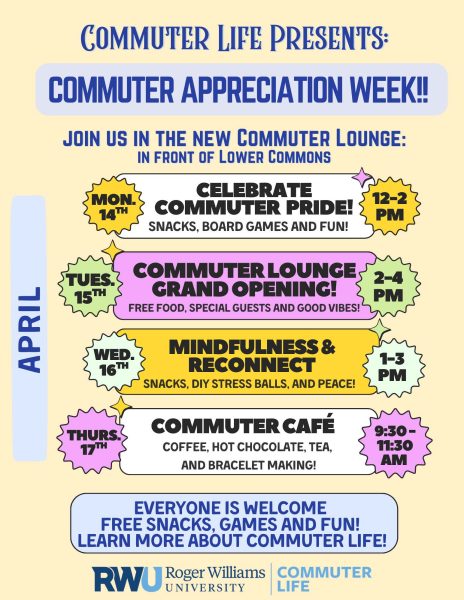RWU does not have set COVID-19 case metric to trigger shutdown
One of the biggest questions facing universities across the country right now involves COVID-19 test results. What would a school’s positivity rate need to look like to trigger a campus shutdown and all classes being moved online?
While the question has been discussed by RWU’s Emergency Response Team, the university does not have a set answer. Vice President for Student Life John King said he thinks the university would evaluate different measures if it reaches a positivity rate of 1% or 2%, but there is not currently a defined number of positive test results that would cause this course of action.
“There is no hard and fast number,” King said. “It all depends on where the infections are, what spread is like, how many close contacts are involved and whether or not there’s a significant outbreak.”
King said the goal is to keep the positivity rate below 1% going into the semester. Data recorded through Aug. 26 put the overall positivity rate at 0.06%, with five positive cases in the campus community. These include two staff members, two residential students and one student who does not live on campus.
“We’re nowhere near 1% so we have an excellent start,” King said.
King said the Rhode Island Department of Health is updated on the university’s status, as it can see both positive and negative results as they come in. RWU’s online COVID-19 Data Hub is accessible to anyone and students are able to see whether new positive results are from students, faculty or staff and whether affected students live on campus or not. King said the university is being very transparent by making this data accessible to all students.
Currently, campus residents who test positive for the virus have the option to follow the university’s preference for them to go home or move to isolation rooms in Baypoint Residence Hall. The two wings on the building’s first floor have been separated — one side is designated for isolation of students who test positive and the other wing is reserved for close contacts of those students, such as their roommates, to quarantine. King said there are approximately 50 rooms available.
On Aug. 25, King said between the two residential student cases at the time, that there were a total of seven students in quarantine. He said all but one of those students chose to quarantine at home, so there was availability in the isolation and quarantine units.
“Right now we have no demand,” King said. “We have the leeway right now to accommodate everyone but we’re being selective so that we maintain that capacity.”





